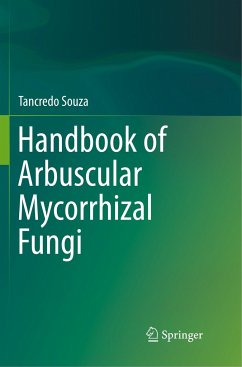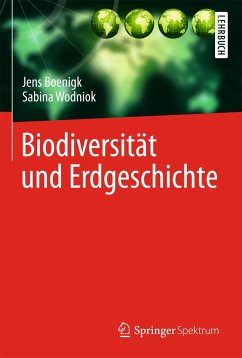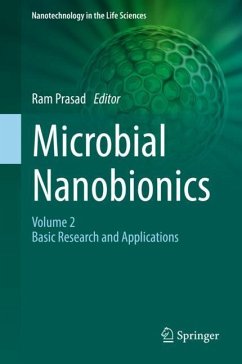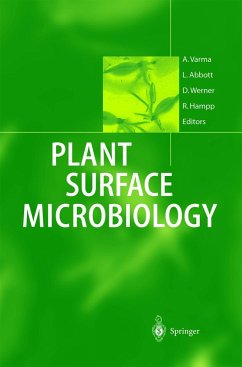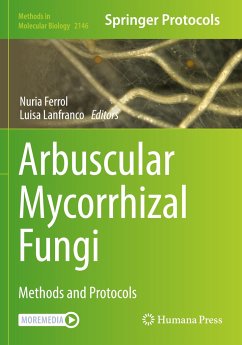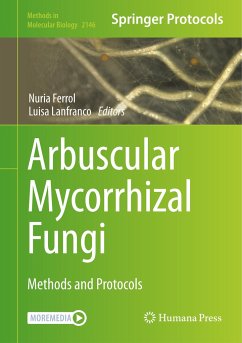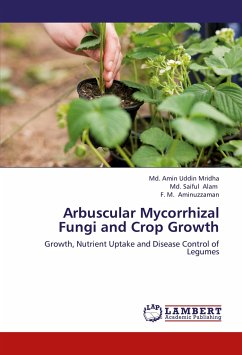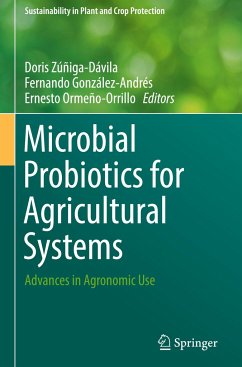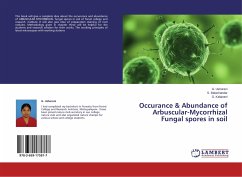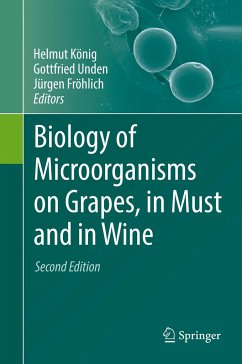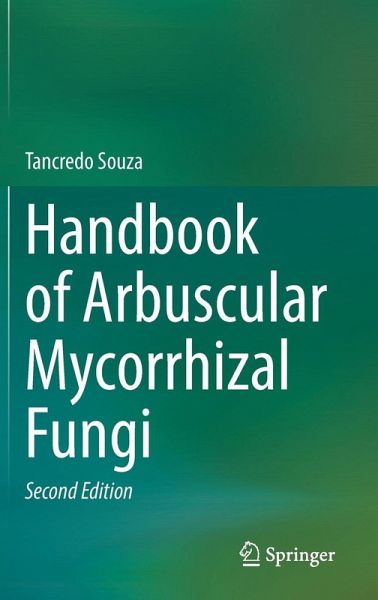
Handbook of Arbuscular Mycorrhizal Fungi
Versandkostenfrei!
Versandfertig in 6-10 Tagen
106,99 €
inkl. MwSt.
Weitere Ausgaben:

PAYBACK Punkte
53 °P sammeln!
The Handbook of Arbuscular Mycorrhizal Fungi 2e is an indispensable resource for undergraduate students and early-career researchers seeking a comprehensive introduction to the field of arbuscular mycorrhizal fungi (AMF). It provides a foundational understanding of AMF biology, classification, and ecological significance, presenting up-to-date information and protocols in a clear and accessible manner.Recognizing the challenges posed by outdated and fragmented resources, this handbook fills a critical gap in the scientific literature by consolidating essential topics, including morphological a...
The Handbook of Arbuscular Mycorrhizal Fungi 2e is an indispensable resource for undergraduate students and early-career researchers seeking a comprehensive introduction to the field of arbuscular mycorrhizal fungi (AMF). It provides a foundational understanding of AMF biology, classification, and ecological significance, presenting up-to-date information and protocols in a clear and accessible manner.
Recognizing the challenges posed by outdated and fragmented resources, this handbook fills a critical gap in the scientific literature by consolidating essential topics, including morphological and molecular classifications, fungal-host plant interactions, and methodologies for analyzing AMF structures and communities. Integrating statistical tools and addressing the interplay between AMF and other microorganisms, the book equips researchers with the knowledge to interpret experimental results and understand the broader implications of their studies.
Focused on practical applications, the Handbook of Arbuscular Mycorrhizal Fungi 2e emphasizes clarity and relevance without sacrificing academic rigor. While advanced topics in AMF research are beyond its scope, this volume provides the foundational knowledge necessary to explore specialized literature.
Recognizing the challenges posed by outdated and fragmented resources, this handbook fills a critical gap in the scientific literature by consolidating essential topics, including morphological and molecular classifications, fungal-host plant interactions, and methodologies for analyzing AMF structures and communities. Integrating statistical tools and addressing the interplay between AMF and other microorganisms, the book equips researchers with the knowledge to interpret experimental results and understand the broader implications of their studies.
Focused on practical applications, the Handbook of Arbuscular Mycorrhizal Fungi 2e emphasizes clarity and relevance without sacrificing academic rigor. While advanced topics in AMF research are beyond its scope, this volume provides the foundational knowledge necessary to explore specialized literature.



